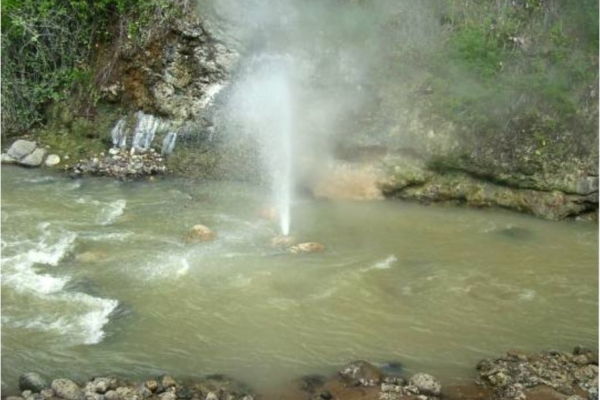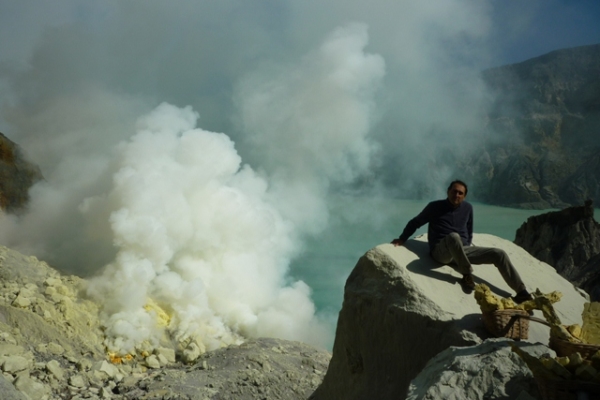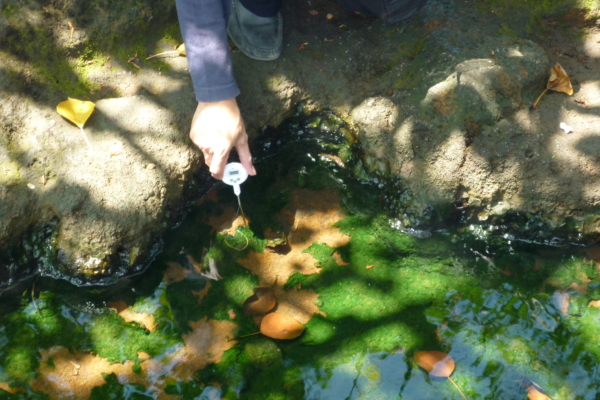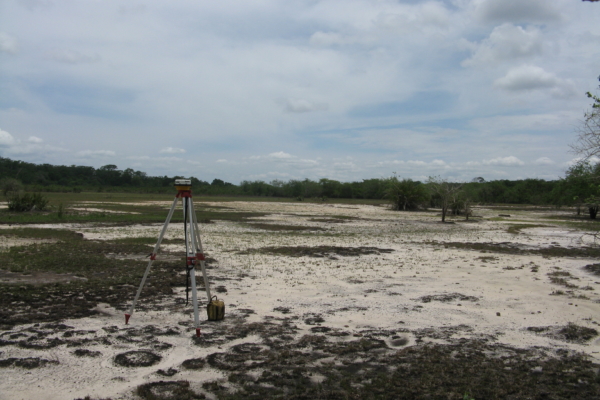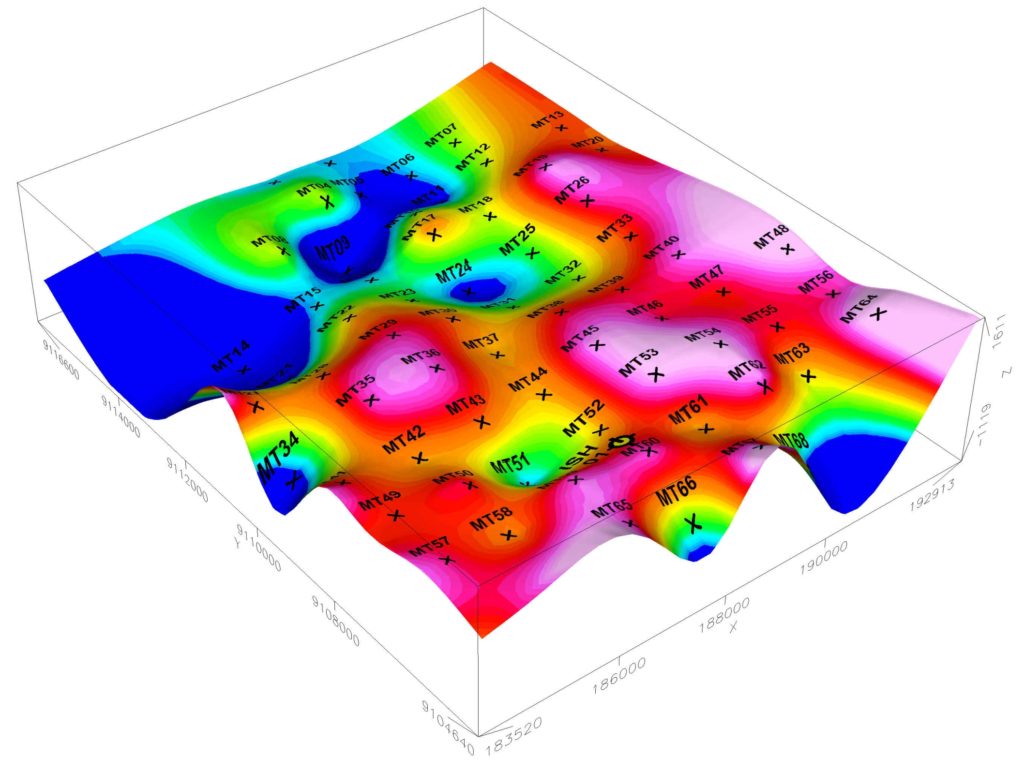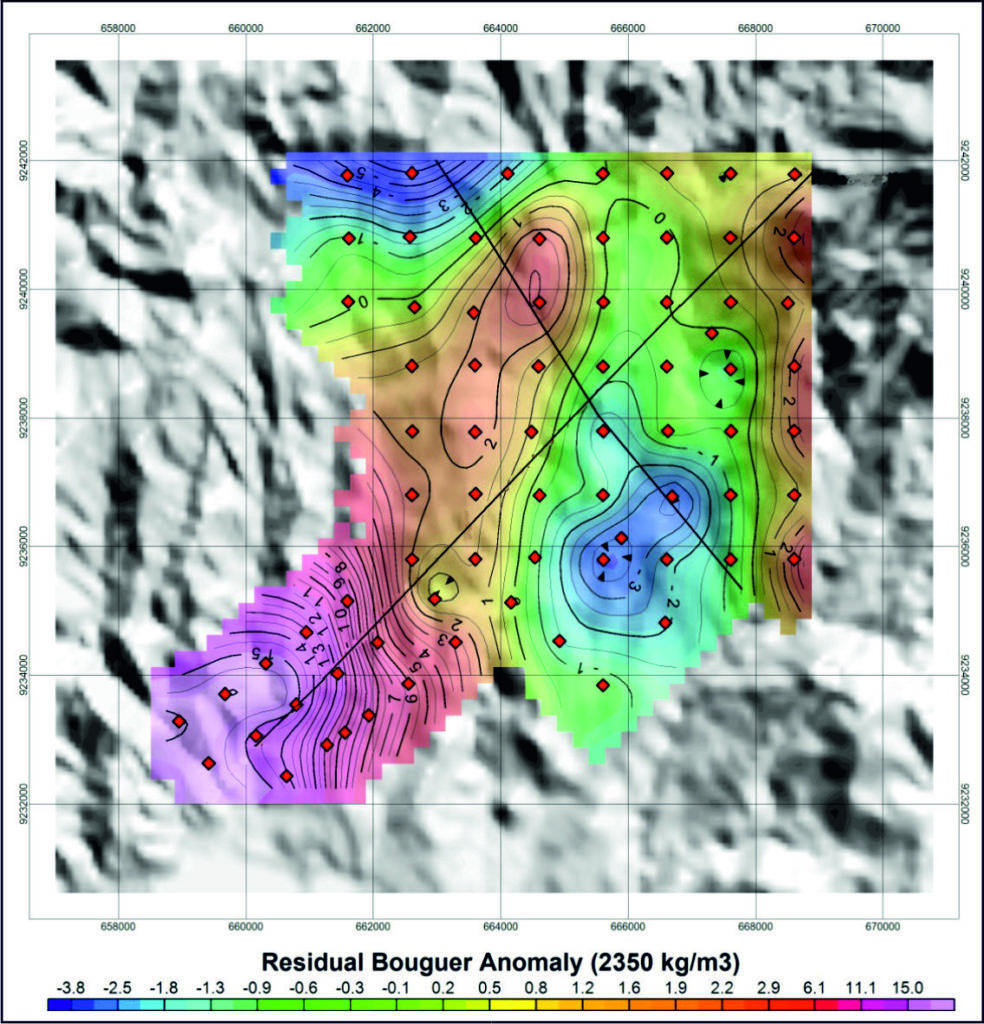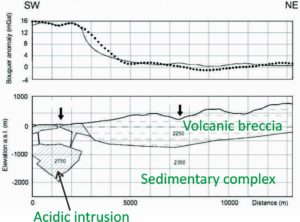Scientific issues :
-
The increasing world’s energy claim is a great contemporary challenge, and geothermal energy is a cost-effective, low-impact alternative to fossil fuels and nuclear energy. However, geothermal fields are often geologically complex environments, and the resource assessment, as well the exploitation strategy, can be very challenging
-
In this sense, Geophysics’ contribution to the exploration of geothermal fields is conspicuous, since it allows for a remarkable reduction of unsuccessful drilling risk.
-
Geothermal zones are characterised by typical resistivity features, that are the result of hydrothermal alteration of host rocks, fluids circulation in fractures and faults, and temperature. Different equilibrium temperatures yield mineral associations with distinctive electrical properties; therefore, a typical alteration zonation appears, primarily according to temperature increase with depth. This zonation is typically constituted by a conductive and geothermally altered cap rock sandwiched between an unaltered surficial resistive zone and a deeper more resistive horizon. This latter can host a geothermal reservoir, constituting the main exploration target.
Geophysics’ contributions :
-
Multidimensional (1/2/3D) resistivity imaging aimed to identify the unaltered zone, clay cap, the fluid upflow zones and the geothermal reservoir (mostly carried out by means of magnetotellurics and TDEM measurements)
-
Multidimensional (2D/3D) density modelling and location of the main structural lineaments from the observed gravity field
-
Identification of de-magnetised areas following hydrothermal alteration by magnetic measurements
-
Subsurface temperature assessment from iso-resistive surface analysis
-
Estimation of the reservoir extension



